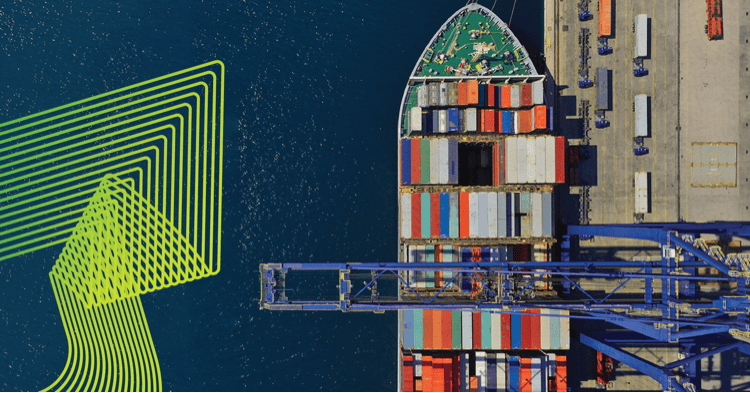Effective risk management depends on reliable information from trustworthy sources. Security professionals must evaluate hundreds of news outlets, social media channels, and other information sources to make critical decisions. This task becomes even more challenging when dealing with unfamiliar countries or regions, where understanding local media biases and dynamics requires deep expertise.
The Challenge of Misinformation
Changing geopolitical dynamics and the spread of misinformation adds to this complexity. For example, monitoring events in the lead up to an election means determining which news sources are reliable, whether any might be influenced by foreign actors, and how these factors might change as political polarization intensifies. The ability of sources to maintain consistent standards during political pressures, economic challenges, or government influence affects how reliable their information will be over time.
Understanding the context in which a source operates is essential to confident decision-making. While some sources may share incorrect information deliberately as part of influence campaigns, others may do so unintentionally due to weak fact-checking processes or a changing local media environment. These factors affect how organizations can use this information for security and strategic decisions.
The Importance of Context
Seerist has developed a series of metadata tags to help users assess information sources more effectively. This provides information about what type of source it is, where it is from, how reliable it is, and how susceptible it is to misinformation. This context gives users a broader understanding of why a source might present information in a particular way, and so allows users to draw more nuanced insights out of large quantities of data.
Seerist’s Collections team has assessed each source individually to build an understanding of what it is, how it operates, and what sort of content it publishes. We evaluate source reliability by looking at four criteria: how much of the content is factual reporting, the degree of factual accuracy, whether this source uses emotive language that could influence how a reader interprets the information, and finally how resilient the source is and so how well it can maintain its standards over time.
We look closely at how sources perform under pressure, considering both the broader media environment in their country and their internal processes. This includes reviewing how they handle political tensions, manage increased workloads, and maintain quality standards. We also consider the regulations they operate under and the overall health of their country’s media sector. And our metadata clearly distinguishes between independent journalistic sources and state-controlled media outlets.
We monitor these factors continuously to track changes in reliability and identify new concerns. This ongoing assessment helps keep our ratings current as media landscapes change and new challenges emerge in verifying information. This approach provides a clear picture of the extent to which one can rely on the source for clear and factual reporting that can form the basis of an organization’s decision making.
Faster and Smarter Decision-making
The source reliability and context data allows users to gain faster and more nuanced insights. Users can draw on the reliability ratings to reduce the need to spend lots of time on assessing a source’s credibility, shortening the time between the organization receiving information and then acting on it. The functionality also gives Seerist users the ability to filter their news and social content using our metadata to reduce noise and get more specific results.
By cutting results based on what type of source it is, where it is from, or whose misinformation it is susceptible to, users can view and compare different viewpoints on events. Organizations can identify potential misinformation campaigns, track narratives and examine situations from multiple perspectives. This leads to a better understanding of complex events, how they might develop and how an organization might get caught up in them.
As organizations deal with an increasing volume of content and an ever-more complex information landscape, our Source Reliability and Context ratings provide practical support for decision-making. The system combines source details with reliability assessments to help users handle information more effectively and confidently.






